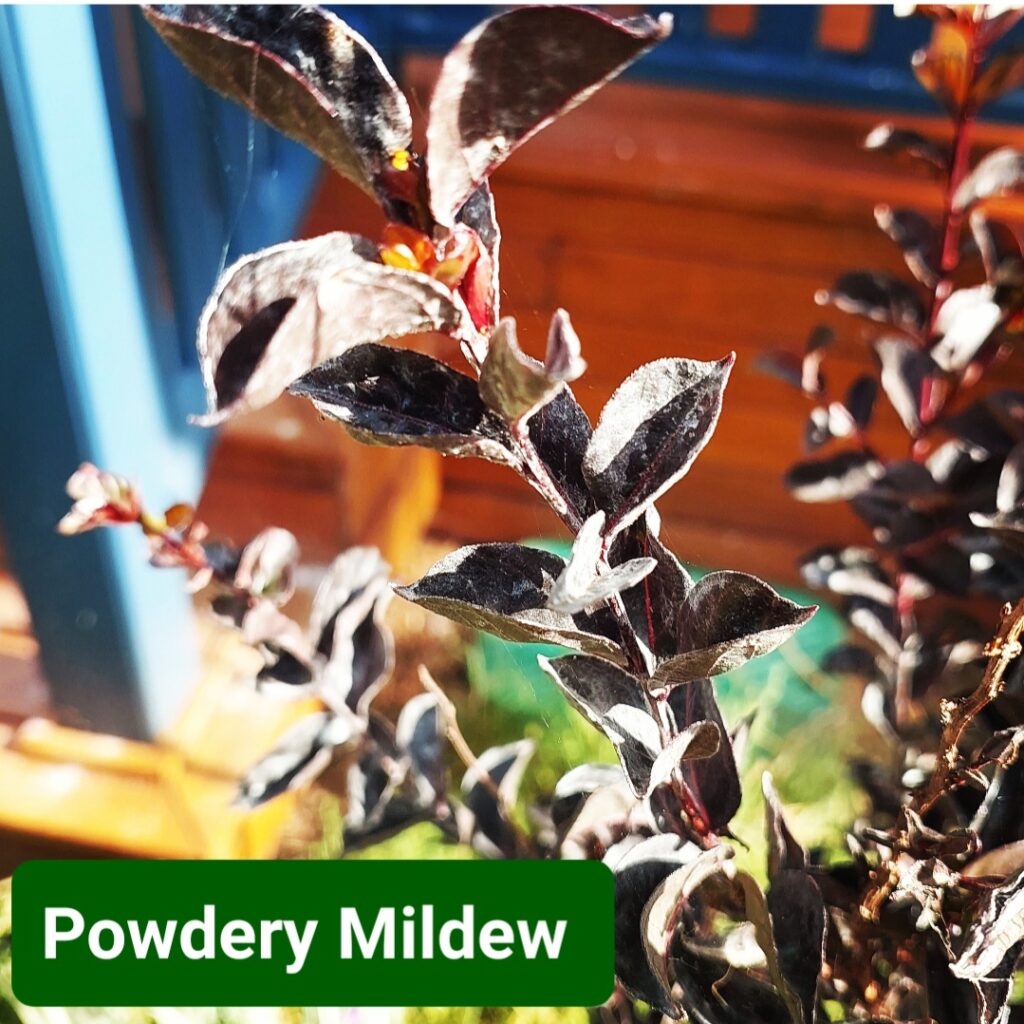
01 Apr Plant Doctor Series One
Kurrajong Bag Moth (Pictured above)
Doing tree inspections recently I found a number of Brachychiton species (Kurrajongs, Illawarra Flame Tree and Bottle Trees) on different sites were suffering from infestations of Dichorosis clytusalis (the Kurrajong Bag Moth). It is quite common to find these towards the end of summer early autumn whilst weather is still warm. The little critters (larvae stage) enclose themselves in the leaf and then come out and feed on the leaves at night. This causes the leaves to hang in bunches and then become skeletonised. Usually it won’t kill the tree however it certainly does not improve the look of the canopy. The only way of controlling this is manually removing the leaves and the larvae which on a large size tree is almost impossible. In time the affected leaves will fall off and new growth will reshoot. I would recommend that you try to make sure the tree itself has the best growing conditions and is as healthy as possible by maintaining watering, liquid fertiliser and mulch.
Borers in trees
Borers are usually the larvae of beetles or moths that lay their eggs on trees. The larvae hatch and then eat the living tissue of the tree by boring into the tree. This damage will weaken the structural stability of the tree and then may cause branches to fail. Trees will become stressed and appear less healthy. To prevent borer attack I would recommend you try to keep your trees as healthy as possible. Trees that are stressed due to lack of water, too much water, poor drainage, root competition and or are poorly pruned will be more likely to be attacked by borers.
It can be difficult to find a borer before it does damage. Usually signs you will notice are;
-Small holes on the trunk or branch
-Sparser leaf coverage in canopy
-Small amounts of dead wood
-Saw dust like material (frass – this is what comes out as the timber is munched) mounded on trunk or at base of branches close to branch collar where it joins a trunk or side branch.
Treatment
Usually the best way to treat the tree is to manually remove the borer. I would suggest spraying some soapy water down into the hole first- with the hope that the borer will emerge. If it doesn’t then use a sharp piece of wire to push down into the holes. The wire will hopefully squash the borer to kill it and remove it. After borer has been removed I would ensure the tree is well watered and I would regularly apply liquid fertiliser.


Powdery Mildew
Powdery mildew is quite common on plants through summer especially if we have had a wet spring. It is normally caused by environmental factors such as air circulation, humidity, rain or over watering and temperatures. It is usually quite visible on the leaves of plants as a white powdery substance. If it does become quite a bad infection it can cause flowers, fruit and or leaves to fall off and or weaken the trunk and branches of the plant. I would recommend removing the badly affected foliage. Put the removed leaves in the bin, not in your compost. It can be treated with a fungicide or as we have used Yates Rose Shield.
You need to apply this fungicide when the sun is off the plant and temperatures are below 30 degrees. I would also recommend that you water the roots of the plant well before spraying. The fungicide will need to be reapplied in 7 days.
White Scale On Roses
Have you ever found a white fuzzy crust on the stems of your roses? This is white rose scale. The scale is a sap sucking insect that can affect many plants. The scale will drill down into the soft tissue of the plant to feed. This particular infestation has most likely developed as the roses are stressed in hot conditions and the plants are growing undercover where no rain will wash down over the foliage to prevent dust and pollution from building up on the foliage and stems.
I would treat the roses with Eco Oil (applied in accordance with directions on label) this will kill the scale insects by suffocation and should have a slightly lower impact on beneficial insects.
The scale will still be visible on the plant however after a few applications all should be dead. I would then attempt to remove as much as possible with a damp cloth or a soft brush.
I would also improve the conditions for the rose with better watering, washing foliage down with a hose and some applications of seasol and sudden impact for roses (in cooler weather).
The other signs to look out for with scale is yellowing of the leaves, sooty mould, ants and lack of vigour in the plant.




